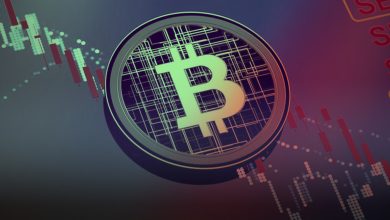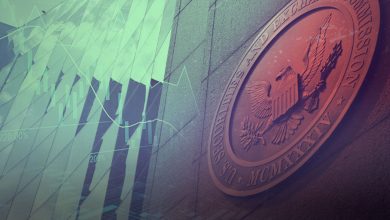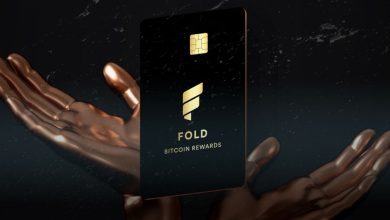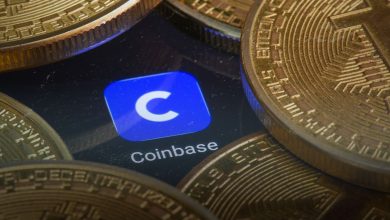My Big Coin Founder Sentenced to 8 Years in Prison for Fraud

On Tuesday, Randall Crater, founder of a now-defunct cryptocurrency business, was given an 8+ year prison sentence for misleading investors and customers with his virtual currency, My Big Coin. District Judge Denise Casper in Boston deemed that the 13-year term urged by federal prosecutors be served to set an example, with this being the first sentencing related to a crypto company marketing fraud incident.
Randall Crater Expected to Appeal the Decision Against My Big Coin Founder
Although Casper thought that the requested punishment was excessive, she dismissed Randall Crater‘s argument that a 30-month jail sentence would be enough to punish him for his fraudulent actions, such as claiming My Big Coin was an actual cryptocurrency backed by gold.
Casper plainly declared that the aim of cryptocurrency was new, but deceiving people with it is an age-old scheme. Crater has been sentenced to a prison term of 100 months and ordered to pay back $7.7 million in damages; however, he has expressed his regret for the incident in court and maintained that his intention was never to deceive anyone.

The Lawsuit Filed Against Crater Was Also One Of The Firsts For The Legal World
“Stealing money was never my intention,” he declared. “Regardless of this, I am deeply regretful.”
In July, a jury found Randall Crater guilty on charges of wire fraud and unlawful monetary transactions brought forward by the U.S. Commodity Futures Trading Commission in a groundbreaking case.
In 2018, the CFTC initiated a suit against Crater and his defunct company, My Big Coin Inc. This led to one of the first judicial decisions that established virtual currency as a commodity within their jurisdiction.
In 2019, prosecutors indicted Crater for fraudulently manipulating investors and customers out of $7.5 million between 2014 to 2017 under the guise of My Big Coin, a company whose name was deliberately chosen to sound like bitcoin.
Prosecutors declared that My Big Coin was falsely advertised as a genuine virtual currency, backed by gold and having an alliance with MasterCard. They asserted that the money swindled from investors had been utilized to buy cars, jewelry, artwork, and antique coins.
Do you want to browse more similar content? Another Wave of Layoffs in the Tech Industry: PayPal Lays Off More than 2,000 Workers




